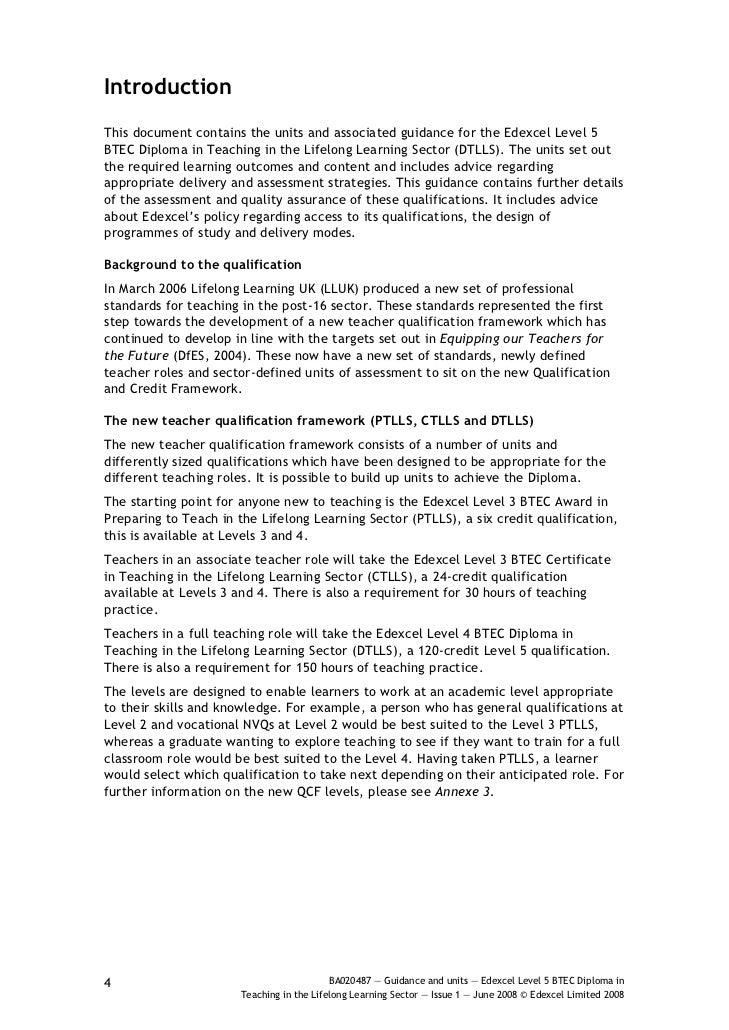Practical Teaching A Guide To Ptlls Dtlls Pdf Free

Following the success of her previous Practical Teaching guide, Linda Wilson has written the ultimate handbook for the student teacher wishing to pursue the next stage of training in the Lifelong Learning Sector. Practical Teaching: A Guide to PTLLS and DTLLS is the perfect companion for those studying or teaching the PTLLS (Preparing to Teach in the Lifelong Learning Sector) and DTLLS (Diploma of Teaching in the Lifelong Learning Sector) qualifications. Drawing on years of experience in the field, Linda Wilson takes readers through all aspects of teaching and learning; from the initial interviews and inductions through the learning process, to assessment and finally reflection, offering helpful and workable tips for success along the way. This book is directly mapped to the units and learning outcomes of the PTLLS and DTLLS qualifications, and supplies practical ideas for teaching in an easy-to-read style. Essential theory is introduced on a need-to-know basis, and is set in the context of its application within the classroom. INTRODUCTION PART ONE - UNIT: PREPARING TO TEACH IN THE LIFELONG LEARNING SECTOR (PTLLS) 1.

Everyday low prices and free delivery on. A Practical Guide to Successful Teaching in the Lifelong. Practical Teaching A Guide to PTLLS & DTLLS.
Condor Mdr2 11 Manual Dexterity. Roles, responsibilities and boundaries 2. Approaches to teaching and learning 3.
Session planning skills 4. Pro Atc Fsx. Motivation and inclusion 5. Assessment and record keeping PART TWO - UNIT: PLANNING AND ENABLING LEARNING 6. Negotiating individual goals 7. Korea S Nuclear Program 2007 Toyota more. Planning for inclusivity 8.
Using inclusive strategies 9. Effective communication skills 10. The minimum core 11. Reflection, evaluation and feedback PART THREE - UNIT: ENABLING LEARNING AND ASSESSMENT 12. Concepts and principles of assessment 13.
Types of assessment 14. Analysis of assessment methods 15. Feedback and questioning in the assessment 16.
Recording progress and achievement 17. Evaluating effectiveness of assessment PART FOUR - UNIT: THEORIES AND PRINCIPLES FOR PLANNING AND ENABLING LEARNING 18. Principles and theories of learning and communication 19. Applying the theories and principles of learning and communication 20. Developing own practice in the context of the theories and principles of learning and communication PART FIVE - UNIT: CONTINUING PERSONAL AND PROFESSIONAL DEVELOPMENT 21.





